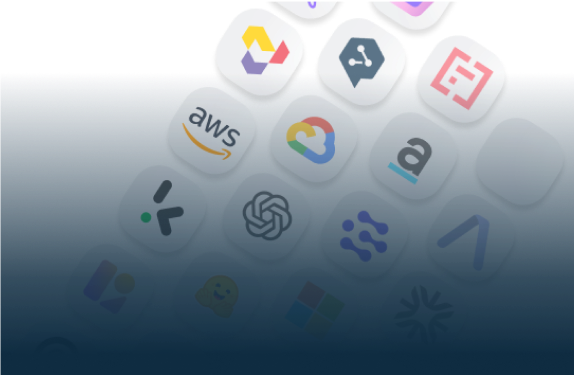
Start Your AI Journey Today
- Access 100+ AI APIs in a single platform.
- Compare and deploy AI models effortlessly.
- Pay-as-you-go with no upfront fees.
This guide explains how to use Eden AI's API in JavaScript for custom image classification. It covers five stages: creating a project, uploading data, training a model, running a classification job, and retrieving results, with concise code examples using Axios.
.jpg)
AutoML image classification enables you to create custom machine learning models for categorizing images without requiring deep technical knowledge.
With Eden AI, you can easily leverage its user-friendly API to build a custom image classifier tailored to your needs.
This guide will walk you through the process of implementing AutoML image classification using JavaScript.

Custom Image Classification with AutoML allows you to automatically create and train a machine learning model to classify images into your own specific categories.
Using an AutoML platform, you upload labeled images, and the tool automatically selects and tunes the best model to recognize and categorize new images based on your custom labels.
This process simplifies machine learning, making it accessible even to those without deep expertise in AI.
1. Create an Account: Visit Eden AI and sign up for an account. Once registered, navigate to the API section to obtain your API key. This key will give you access to a wide range of AI services including face comparison.

2. Navigate to Image Technologies – After logging in, go to the image section of the platform.
3. Select Custom Image Classification – Choose the Custom Image Classification feature or explore advanced options based on your needs.
The process is split into five stages to allow for clear, logical steps that ensure all parts of the project (creation, data uploading, training, prediction, and result retrieval) are managed separately.
This also helps avoid potential issues related to data size or processing time, as the operations are asynchronous.
To interact with Eden AI's API, we'll be using Axios in JavaScript for sending HTTP requests. If you're working in a Node.js environment, you can install Axios using the following command:
The first step is to create a project, which will serve as a container for your images and classification settings.
Next, you need to upload your image data to Eden AI. This step involves specifying the label for the image, the project ID, and the image file itself.
Once your data is uploaded, you need to train the model using the uploaded data. This step uses the project_id to start the training process.
What this does:
After training, you can use the model to classify new images. This step sends the image to your trained model for classification.
Finally, once the classification job has been processed, you can retrieve the results using the public_id from the previous classification job response.
Here’s an example of what you might see when you retrieve the results:
To further customize and better manage your AutoML classification tasks, Eden AI offers additional endpoints that enable you to fine-tune your workflows.
Whether you need to list, start, or retrieve results for tasks like training, prediction, or data upload, these endpoints provide enhanced flexibility and control.
You can explore all available options and detailed instructions in our comprehensive documentation here.
Eden AI offers several advantages for Custom Image Classification.

With Eden AI, you can choose from a variety of providers, giving you great flexibility.
Eden AI’s API is designed to be simple and intuitive, making it easy for developers to integrate many AI services into their applications with minimal effort.
Whether you’re working on small projects or large-scale applications, Eden AI is built to scale with your needs, making it suitable for a wide range of use cases.
Using Eden AI’s API in JavaScript, you can create custom image classification models in just a few steps.
By following these five stages (create project, upload data, train model, classify images, and retrieve results), you can easily integrate image classification into your web applications.
With Axios handling the HTTP requests, the process is straightforward, allowing you to focus on what matters most—building your application.


You can start building right away. If you have any questions, feel free to chat with us!
Get startedContact sales
